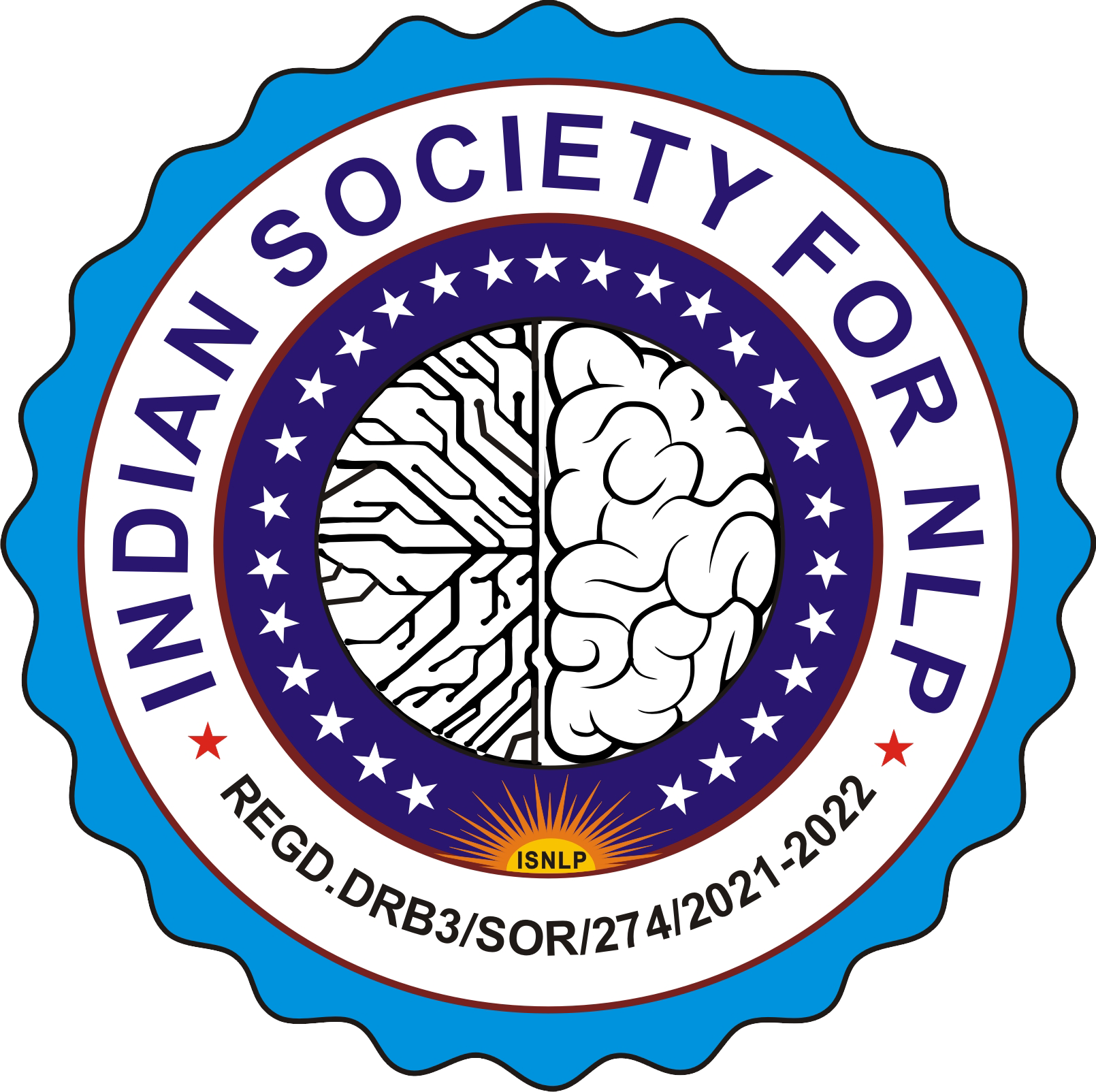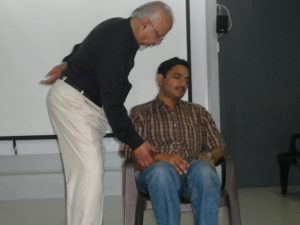ISNLP Accreditation
ISNLP Accreditation Programme
The ISNLP Accreditation Programme is an independent and rigorous peer-reviewed scheme monitored by ISNLP.
Overview of ISNLP Accreditation Programme
The ISNLP Accreditation Programme is an independent peer reviewed scheme monitored by ISNLP. It is currently undergoing some significant changes and once they are implemented a new system for application will be introduced. Existing ISNLP Accredited Trainers will be invited to participate in the new system pre-launch, so they have an opportunity to take advantage of the new system before it is released to the NLP community.
If you are interested in ISNLP Accreditation, please read on…
Why join the ISNLP Accreditation Programme?
Anyone who has gone through the ISNLP Accreditation programme will tell you that it is a thorough and rigorous peer reviewed process (as you can see below).
The value of having ISNLP accreditation is that you can:
- Increase confidence in your potential clients and give them additional reasons for choosing your training
- Demonstrate your commitment to best practice by delivering externally accredited programmes
Generate more public trust in your services - Meet your clients’ requirements for quality assurance by having independent external verification for your courses
What does ISNLP Accreditation involve?
All ISNLP Accredited Trainers have proved themselves by going through the ISNLP Accreditation application process. This includes having their course materials examined, their policies and procedures approved and an interview conducted by a member of the External Verification Panel that oversees all accreditation applications.
Trainers will only be awarded Accreditation after these checks have been made, and once they are accredited, they are reviewed annually to ensure that their courses and students continue to satisfy the standards required.
Applying for ISNLP accreditation involves completing a comprehensive application form and submitting this to ISNLP online, together with all the supporting documentation required. This application will be reviewed by a member of the External Verification Panel.
Once your application has been approved, you will be responsible for internally monitoring and evaluating your trainees on every course to ensure they meet your standards.
Once verified, ISNLP will issue ISNLP Accredited Certificates (or, in the case of co-accreditation with another awarding body, ISNLP Accredited Seals). These will be uniquely numbered and allocated to each successful trainee and recorded on the ISNLP central Accreditation Register.
How do I apply for ISNLP Accreditation?
After deciding that you would like to become an ISNLP Accredited Trainer, or run ISNLP Accredited Courses, simply complete the following steps:
Download the ISNLP Accreditation Introductory Guide and check you meet the core criteria and understand the basic application requirements
Contact ISNLP to request the application form and full Accreditation guide materials
Start completing the ISNLP Accreditation Programme application form and gather all the supporting documentation. Contact ISNLP to let them know when you intend to submit your application, so your online submission can be set up and an External Verifier can be engaged to assess your application
Submit the application form to ISNLP via the online platform provided, together with all your supporting documentation and your non-refundable deposit payment to cover admin and external verifier fees
Once your application has been checked for completeness, it will be internally reviewed and then passed to one of our independent external verifiers. As part of that process, you will be interviewed by the external verifier – for convenience, this interview can be conducted over the phone.
If successful, you will then become part of the ongoing ISNLP Accredited Programme and pay the balance to cover your first year’s accreditation.
If unsuccessful, feedback and advice will be offered and you will be given an opportunity to resubmit your application. There is an appeals process available for any applicant who wishes to challenge the decision of the External Verification Panel.
What are the benefits of joining the ISNLP Accreditation programme?
Apart from being able to demonstrate your commitment to best practice and quality assurance, and give your potential clients the confidence they need to choose your courses, your ongoing commitment to the Accreditation Programme will also give you:-
- A market advantage when tendering for work by demonstrating quality assurance to your prospective clients
The ability to elevate your services by marketing your courses as being accredited by the independent professional body for NLP - One year’s membership of ISNLP at Accredited level (ISNLP Membership is included in the annual accreditation fee)
Use of the ISNLP Accredited logo on your website and promotional materials - Exclusive rights to purchase the gold embossed, uniquely numbered Accredited Seals for your certificates
- Three months free introductory membership to give as a gift to each candidate awarded an Accredited Certificate or Accredited Seal
- Your own page on the ISNLP website, in addition to your member’s profile
- Access to exclusive Accredited Trainer groups on Social Media
- 50% discount on Rapport advertising
Criteria and Core Requirements
All NLP Professionals who wish to receive ISNLP Accreditation are expected to meet the following minimum Criteria and Core Requirements.
All NLP Professionals who wish to receive ISNLP Accreditation are expected to meet the following minimum Criteria and Core Requirements:
- To deliver core NLP courses ie Diploma, Practitioner or Master Practitioner, the training provider must hold an NLP Trainers certificate.
- Upon successful application, you will become an ‘ISNLP Accredited Trainer’ and will be able to deliver ‘ISNLP Accredited Courses’
All ISNLP accredited courses must have at least one method for monitoring and evaluating the progress of their students*. These will vary from course to course and can include any one of the following evaluation methods (please note that this list is not exhaustive, and other evaluation methods not specifically listed are also acceptable:-
- Practical assignments and projects
- Formal tests and assessments
- Presentations
- Keeping a diary of learning points
- Undertaking a project
- Case studies
- Reflective learning journal
- Feedback notes
- Ongoing practice outside of formal training
- Observations of practical exercises
To qualify for ISNLP accreditation, core NLP courses must be of the following minimum duration:-
Diploma course – 20 hours face to face** training
Practitioner course – 50 hours face to face** training
Master Practitioner course – 80 hours face to face** training
*The ISNLP Accreditation Programme includes an ongoing commitment to submit annually a pre-agreed sample of monitoring and evaluation assessment evidence to ISNLP, in order to maintain Accreditation.
** ‘Face to face’ may include virtual training that meets the ISNLP criteria for virtual training. For further information visit the ISNLP Criteria for Virtual Training Page
For more detailed information about the ISNLP Accreditation Programme, please check our ISNLP Accreditation Programme details above.
ISNLP Criteria for Virtual Training
These are the permanent criteria for virtual training to be recognised for ANLP membership from now on, because the Covid-19 pandemic created a ‘new normal’ where many NLP trainers had to move their training courses to a virtual environment.
These criteria recognise that virtual live training is still very different to simply doing ‘online’ training!
ISNLP rules on membership requirements have not changed. A Practitioner Training still requires a minimum of 50 hours ‘face to face’ training – it is the definition of what constitutes ‘face to face’ that has changed, which is reflected in the criteria.
For a virtual training to be considered acceptable for ANLP membership or ANLP Accreditation, the following criteria must be met:
Virtual Training Criteria
- The training is delivered live (i.e. not a recording)
- Students must attend the training live, ie as it is being delivered
- The training should include all the usual elements it would include if it were being delivered in situ e.g. demos, Q&A sessions, practice
- There are opportunities for students to practice and be observed practicing in small groups eg by using breakout rooms
- The Student:Assistant ratio must be sufficient to ensure that adequate supervision of students can be maintained at all times.
- The trainer must observe every student practicing in a live, interactive situation as part of their certification assessment. [It is insufficient to simply assess student recordings, written work or case studies without any live observation of student practice.]
- The trainer must provide sufficient support for students, to compensate for the fact they are not in the same room as the trainer. ‘Sufficient support’ can include:
- Recording the training sessions so students can revisit the session later
- Leaving the chat room open during breaks so students can interact with each other and the trainers/assistants
- Hosting additional ‘informal’ sessions eg coffee break chats or evening gatherings
- Providing opportunities for students to raise follow up questions with the trainer
- Ensure any certificates issued include a reference to the training being virtual or part virtual**
- Check with your insurance company to ensure you are covered for virtual training and coaching.
- Ecology Checks Required
- Ensure potential students are adequately pre-screened to ascertain their suitability for training in a virtual environment – pre-screening questionnaires are available in the Business Templates section of the Members Area
Ensure sufficient pre-framing is done prior to the course commencing. - Provide pre course materials (which can include videos and pre-recorded materials) so the students have some knowledge embedded before they meet in the virtual training environment for the first time.
- Ensure all demos and practice sessions deal with ‘surface level’ presenting challenges, rather than deep level ie deal with challenges that would score 3/10 rather than 9/10, to ensure the safety of students in an environment that is not as easy to control as a live, in situ training would be – No traumatic history may be worked upon during a virtual training, either for demo or practice purposes.
- There must be due consideration for certain elements of the course, that require the training to be adapted for a virtual environment e.g. specific Time Line work, kinaesthetic anchors, re-inprinting – if there are any concerns, consider offering these elements as follow up courses.
- When considering in person follow up courses, any in person elements must adhere to current government guidelines to ensure the safety of all participants.
These criteria, published on 12th June 2020, permanently replace the temporary guidelines introduced in March 2020.
**this requirement does not apply to any certificate issued by an ISNLP Accredited Trainer, which includes an ISNLP seal.

How could ISNLP help you?
Upcoming Events
- There are no upcoming events.









